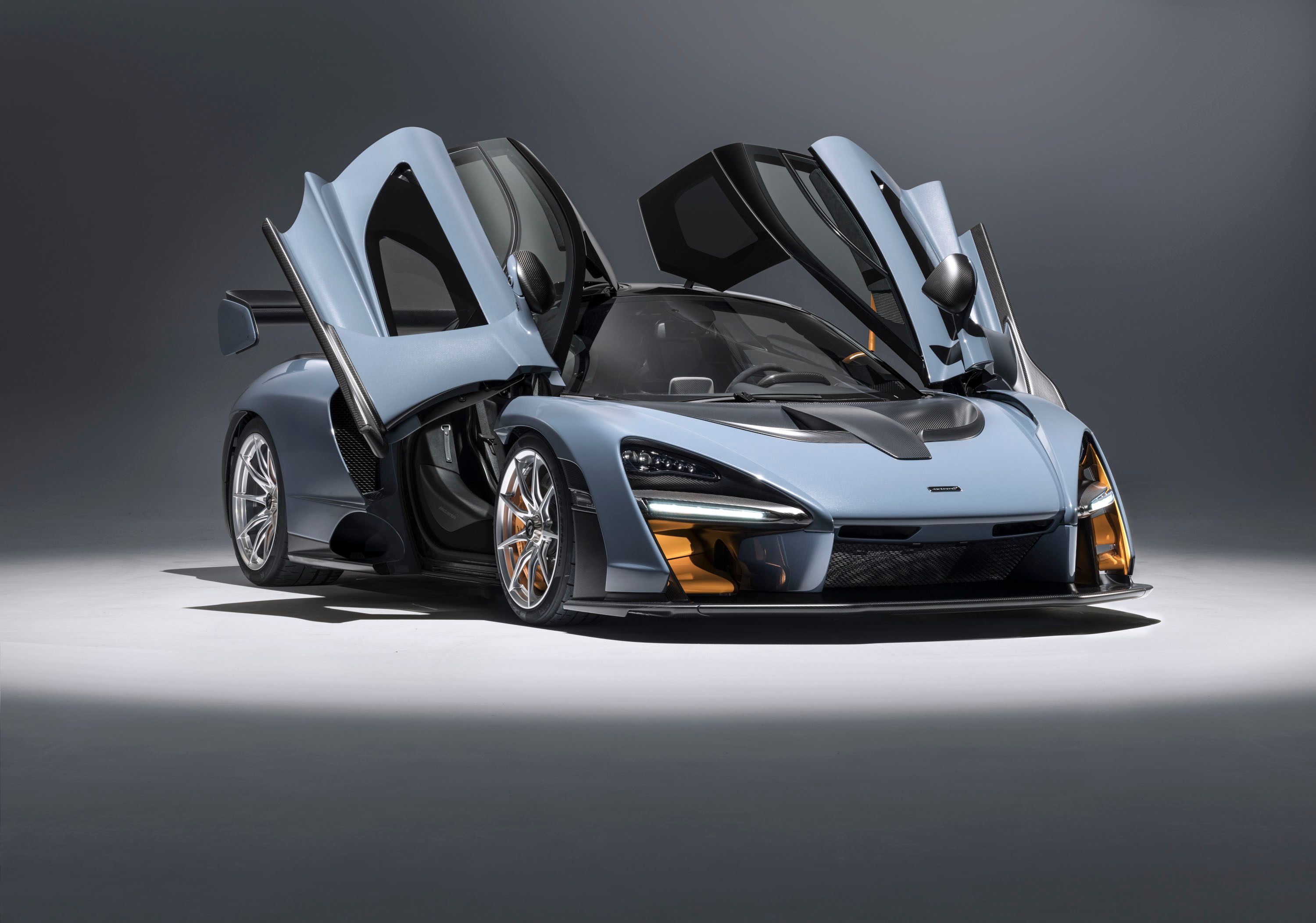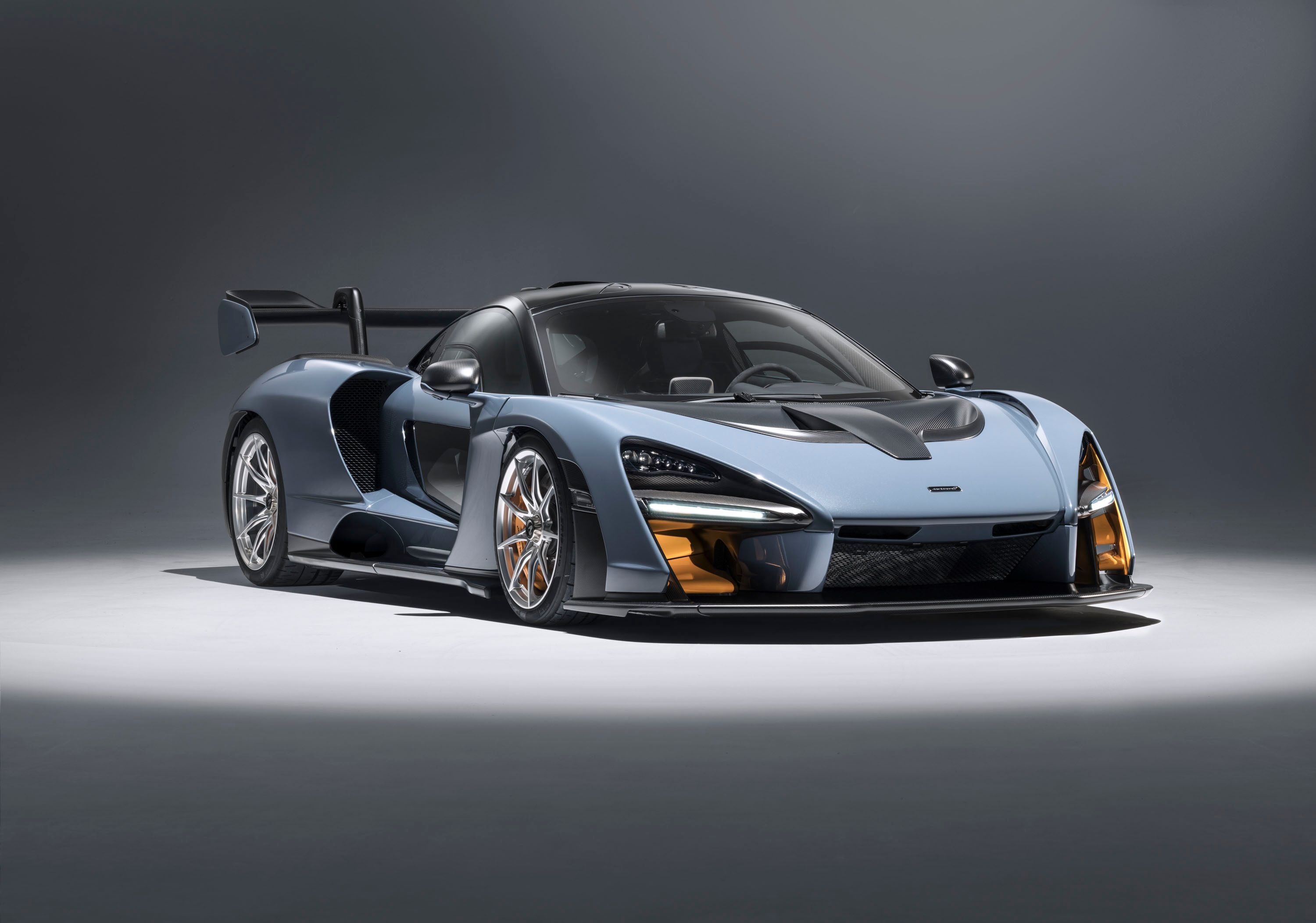McLaren has never been bashful about its plans to go hybrid, and now, company CEO Mike Flewitt has pulled the curtains on plans to fully hybridize its entire lineup in the next three to four years. At the heart of this hybrid evolution is McLaren’s next-generation supercar, which will come with an all-wheel-drive setup that includes an electrically driven front axle.
McLaren also has plans to shake up its engine lineup to accommodate this shift. That could spell doom for one of the company’s existing engines, specifically the current V-8 unit that powers a lot of McLaren’s models. McLaren's plans are already in motion as the company is expected to announce its next-generation platform and hybrid powertrain sometime in the first quarter of 2020. The first of these hybrid vehicles is scheduled to arrive by the end of 2020 with sales expected to commence in early 2021.
Future McLaren Vehicles Will Have Electric AWD
One of the more intriguing parts of McLaren CEO Mike Flewitt’s revelations to Car and Driver is what's coming next.
Electric all-wheel-drive will likely consist of a pair of electric motors powering the front wheels and a traditional V-6 or V-8 engine doing the deed for the two rear wheels.
As a reminder, the Ferrari SF90 comes with the same layout. The Italian hybrid supercar has a pair of electric motors on the front axle and a 4.0-liter twin-turbo V-8 engine to power the rear wheels. The car produces a total output of 986 horsepower and 590 pound-feet of torque. It can sprint from 0 to 62 mph in 2.5 seconds and hit a top speed of 211 mph.
All McLarens Will Have an All-Electric Range by 2024
That puts the timetable in the 2023 to 2024 range. A big part in achieving that goal is to use a plug-in hybrid powertrain with anywhere from 15 to 20 miles of range for the automaker’s entire lineup.
Granted, this goal isn’t as simple as dropping the plug-in hybrid powertrain into all McLaren models. Compromises could be made to accommodate the added weight brought about by the powertrain. Flewitt claimed that the hybrid models will only be around 65 pounds heavier than current-generation McLarens, and while that doesn’t sound like a big deal given the performance gains provided by a hybrid setup, it’s still something that McLaren needs to address to maximize the performance potential of its future hybrid exotics.
Electrification Means McLaren May Ditch the Turbo V-8
The new hybrid platform isn't just a fad that McLaren is trying to dip its toes on. This platform represents the future of the company, and with that future comes a reshuffling of engines that the automaker will likely use in the future. Flewitt didn't dive into the specifics on the engines that McLaren will use, but
This setup would create a clear line of differentiation between McLaren's affordable performance cars and the halo models that will compete against the best-of-the-best exotic cars in the segment.
When Will McLaren Make an EV Supercar?
Flewitt’s candidness about McLaren’s hybrid future also came with thoughts about battery-electric supercars, and if you’re one of those who are looking forward to an all-electric McLaren, don't hold your breath.
For what it’s worth, McLaren isn’t being a snob towards electric supercars. It already dabbled on the McLaren P1, which came with a 324-cell lithium-ion, high-density battery pack. But the P1 was a plug-in hybrid, and if McLaren wants to develop an all-electric supercar, it’s going to do so without compromising its performance values.
This shouldn’t come as a shock to anyone. Flewitt had a similar discussion with Car and Driver three years ago about the development of an EV prototype. He even hinted that the company was already working with “two or three” potential partners on electric motors and batteries and that a few prototypes would be launched to gauge public interest. Well, Car and Driver}.
That said, timetables like this are always in flux, especially if a new technology arrives that rewrites the way electric vehicles are built.
Final Thoughts
For a company that has been proactive in protecting its stature and identity, McLaren’s move to go all-hybrid for its future models is huge and bold. I’m not saying that McLaren isn’t capable of making a move like this — it has shown in the past that it is — but it still counts as a significant shift for a company that has finally adapted to the times. I’m excited to see what an all-hybrid McLaren lineup will look like in the future. More importantly, I’m excited to see how McLaren approaches this shift in focus without compromising its core identity.


